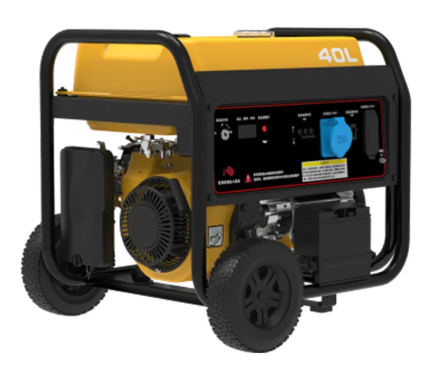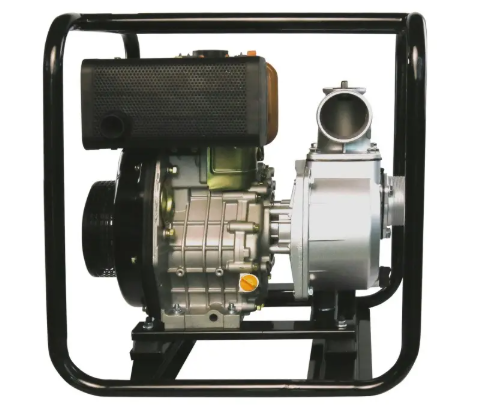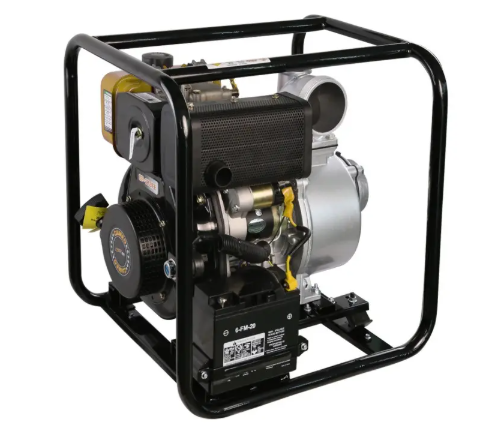cheap electric power transmission
Cheap electric power transmission represents a cost-effective solution for delivering electrical energy across various distances while maintaining efficiency and reliability. This system incorporates advanced technological features such as high-voltage transmission lines, efficient transformers, and innovative insulation materials that help reduce power losses during transmission. The main functions include stepping up voltage for long-distance transmission, minimizing line losses through optimized conductor designs, and providing reliable power distribution to end-users. The system employs modern switchgear technology and protective devices to ensure safe operation and quick fault isolation. These transmission systems are particularly valuable in developing regions where cost-effectiveness is crucial. They utilize aluminum conductors instead of copper when possible, implement smart grid technologies for better load management, and incorporate automated monitoring systems to reduce maintenance costs. Applications range from rural electrification projects to urban power distribution networks, industrial power supply systems, and renewable energy integration projects. The system's adaptability allows for easy integration with existing power infrastructure while maintaining cost efficiency through standardized components and modular designs.


